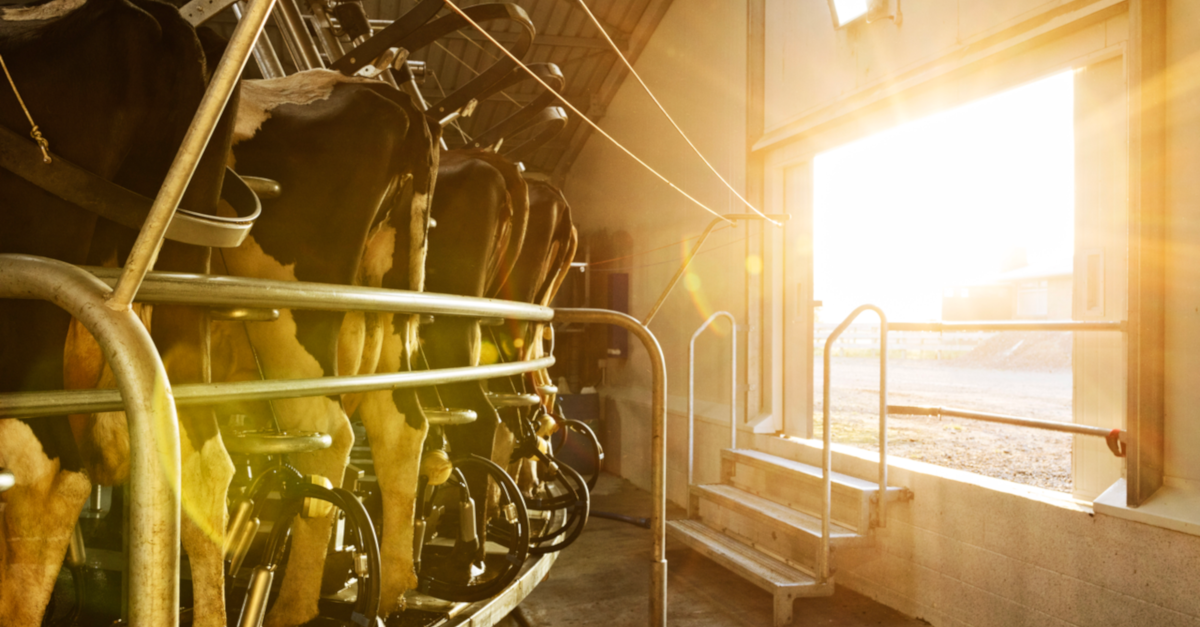Since writing the last blog – the world has changed. New Zealand is in level 3 of our lockdown, and thousands of businesses are adjusting to the new normal. Perhaps now, more than ever, the value of the platform is obvious.
A business modelled on the traditional pipeline is now seeking to understand how to continue their value-chain when key players are no longer mobile.
The platform models, however, are far more adaptive to change. Producers and consumers can continue to interact over platforms, and can quickly learn new best practices from one another. Platform owners can see – in real-time – changes to value creation and exchange, and share this knowledge with others.
And – given their inherent scalability – platform businesses can use opportunities such as this to grow to help share and add value to both producers and consumers.
So, if you’re still not clear on what a platform is – and why they’re important – you really should read the previous blog post here.
In this post, however, I want to share the critical elements any platform needs – and offer some guidance as to how you might begin thinking “platform-ly” about your business.
(Before we begin, I want to point out – although these fundamentals may seem basic, designing and delivering a successful platform is a very challenging undertaking. It requires a deep understanding of both producers and consumers in your industry, and a new recognition of value that the market is not offering in an efficient way. If you want to know more about how to begin understanding the minds and lives of your users – Map of Ag specialises in user-experience research and training for the global agritech industry. Let’s chat.)
Refresher
As a quick refresher: a platform is a space (usually virtual) where users can interact and exchange information and a product. This could be exchanging a good for currency (like TradeMe or eBay) or content for engagement (like YouTube). Platforms are able to scale and expand rapidly, can unlock new sources of value and can adapt rapidly to changing situations.
It can be tempting at this stage to rush off and start sketching how your business can become a platform. Instead, I’d encourage you to consider the core question: what is the critical element at the heart of any platform?
Critical elements
The heart of any platform is interaction. It’s the exchange of value between the producers and consumers. It’s not the UI, it’s not the speed or scale of the platform – but it’s all about the interaction.
This explains why Craigslist – a platform that perpetually looks like it was designed at least 20 years ago – has flourished as a platform in the US. It does interaction well.
Any platform interaction involves three key components – participants, a unit of value and a filter. Let me explain:
- Participants: Any platform interaction needs at least two participants. The producer is the one who creates value (a Facebook post, an Airbnb listing, a new website plug-in, a tractor lease), and a consumer is someone who consumes value. Easy, right?But what makes a true platform unique is the ability for a producer to become a consumer (and vice-versa). A great platform allows both sides to swap roles, as needed. I can post content (produce) and watch content (consume). I can list a house on Airbnb (produce) and book a house on Airbnb (consume).For a smaller example – I can share information about my livestock, feed for sale, or crops, and can also access other farms; datasets. It is this ease of role-switch that allows a platform to grow rapidly. When a new participant joins the platform, they have the ability to grow both sides of the interaction.
- The unit of value is the next element of a platform: It’s important you’re clear on this one – as the unit of value is not the good or service itself, but the information about the good or service. This unit of value is what allows the user to decide if they want to go ahead to exchange their currency (whether money, time, information) to receive the final good or service. To put it simply – on a platform like eBay or TradeMe – the unit of value is not the second-hand electric guitar you’re hoping to buy. The unit of value is the listing of the second-hand electric guitar – that helps you decide if you want to proceed with the transaction.
Value units are information, not physical products or real-life services. The value unit for Uber is the listing of available cars and drivers – not the actual driver and car itself. For your platform – the value unit is the information being offered by the producer to engage with the user. It’s the information that allows the user to decide whether to continue on with the transaction.
How you choose to allow producers to communicate this unit of value is critical to your platform – and this doesn’t necessarily mean flashy images and designer fonts (again, see Craigslist). Or, think of the classified section of the newspaper. This cramped design allows the users to quickly scan hundreds of listings to identify which unit of value is the most relevant to them. It may not be pretty – but it has worked in the past.However, great platforms require a third feature to allow interactions – a filter. - The filter is the way the platform delivers specific value units to specific customers. When a filter works well, users will only see units of value that are relevant and value-adding to them. A classified section of a newspaper uses a weak filter – organising value units by headings (e.g., Residential, Commercial, Situations Vacant). Readers can quickly scan the headings to decide which columns to scan – and then work their way down to find what they’re looking for. This is a weak filtering device.
The advances in technology over the past two decades have allowed filters to mature through the use of software-based algorithms. Search bars allow users to search for relevant units of value to explore. Platforms learn users’ preferences and history, and then suggest new units of value to consider.
Filters now can use a combination of location services (to filter units of value to those near you), social connections (to filter units of value based on what others like you engage with), seasonal needs (to filter units of value based on typical needs) and more to connect users with producers in the most valuable way possible.
Design steps
The critical elements of the platform are clear. You need to design for participants on both sides (producers and consumers), allowing flexibility for participants to change sides. There must be a way for units of value to be communicated, and an effective filter to ensure the users see the value they want (or need).
Once this has happened – the user can advance the exchange, allowing goods and services to swap for currency. The producer gets their value, the user gets their value – and the platform owner takes their slice of the pie.
So, when you are designing your platform – or at least, beginning to sketch out a platform possibility – here’s what you need to do:
- Determine your core interaction. What is the value exchange that will attract users to your platform in the first place? What need do users have, and what is the solution that a range of producers might be offering? Platforms live and die on this core interaction. If it does not represent real value to a user – no user will join your platform. If there’s no producers offering a solution – no producers will join your platform. So be razor clear – what is the value exchange you hope to facilitate through your platform?
- Define the participants. Based on your core interaction – who will the key participants be? Again – be clear with this. Don’t just say – “Farmers”. What type of farmer will need this value? When do they need this value? How valuable is this to them? Do they know they need this? This is similar for the producers. Who are the producers – and why would they be willing to provide value for the end user? How easy is it for a producer to also be a consumer?
- Define the unit of value. This is tricky – and usually takes a team and time! What is the critical information your core interaction requires? What is it that your users need to see to determine the value to them? What is it that your producers are able to offer to communicate their value? How can this be done in a quick yet effective way? You may need to do some customer empathy work to discover this.
Determine your filter needs. This is the final stage of design for a platform, and one that requires careful thought. What information will you ask your users to provide, to give them the best interactions? What data can you utilise to aid effective and valuable interactions?
This is not a five-minute exercise, but requires careful thought, communication with the team and early-stage validation testing with possible users and producers. Designing a platform well – and prototyping this design at the concept stage – is a critical step to avoid wasted investment in a platform that users don’t want, or producers do not find valuable.
Map of Ag has a strong history in helping businesses – both big and small – think through their offering, build quick wireframes to test, and prototyping this with real-users. If you’d like to chat more about your value offering and how this might fit as a platform – please reach out.
In the next post we’ll talk about how to make profit from your platform – which is not as easy as it sounds! Till then, get sketching and get designing!


